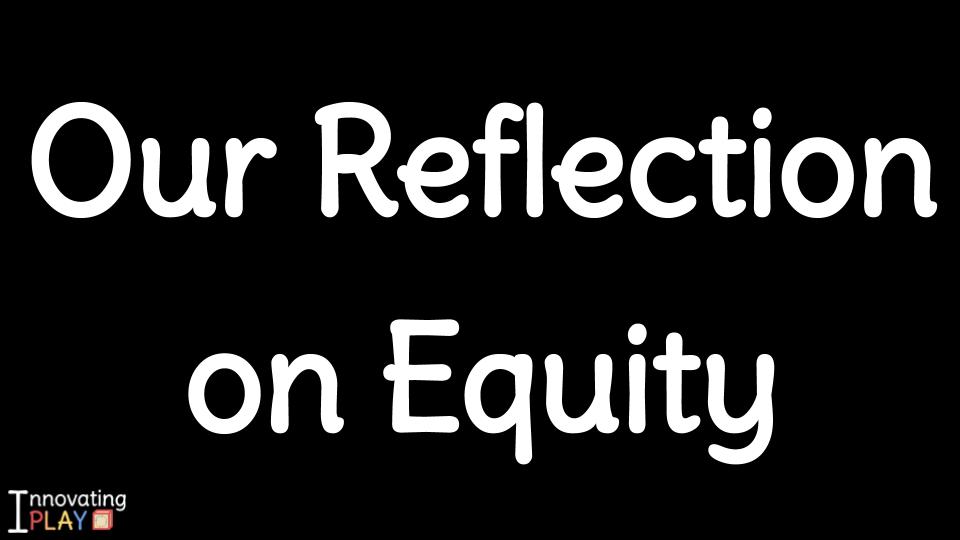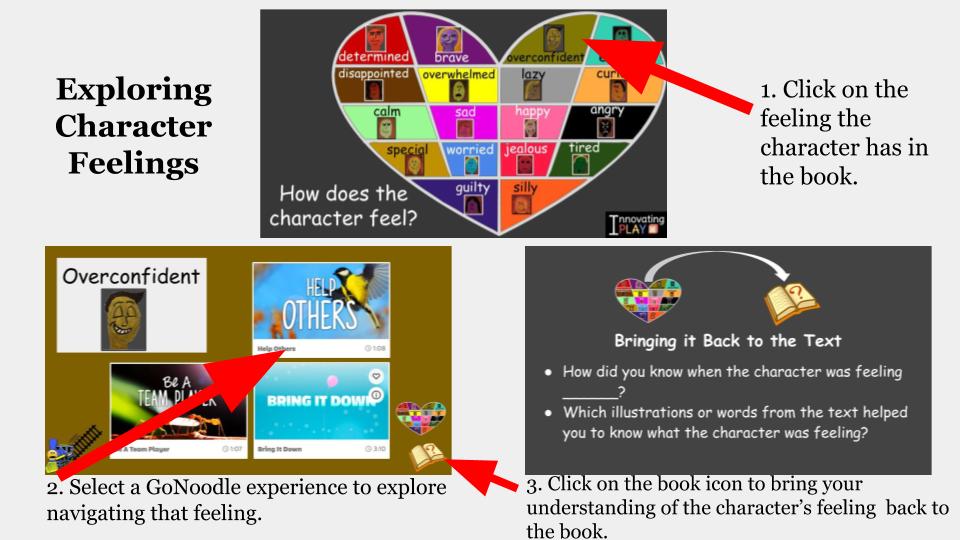
This post is a reflection of our work, in acknowledgement of the racial inequalities that are still present in the US. We are disheartened by the death of George Floyd and the injustices that exist for our African American peers. We strive to hold ourselves accountable to the work that we do with young children and their families, in ensuring that equity remains a priority within and beyond our classrooms.
People in Our Community are Hurting
There are people in our community who don’t feel safe because of who they are. There are mean and sad things that have happened to people because of the color of their skin. Imagine if you couldn’t feel safe because of the color of your skin, what feelings might you have? Scared, worried, sad, angry…These are uncomfortable feelings that people have. If they have these feelings, can they enjoy life? It makes it hard for them to be happy. So, what are some ways that we can show that we care about others, and help them to feel safe?
We take this conversation that we would have with our students and reflect on that last question. We take that idea further with our practice as educators and wonder about equity in education, and reflect on the ways we approach equity with our students and families.
Where is equity present in our current practices?
Acknowledging Feelings
In our Kindergarten classrooms, we develop a shared language for safe expression and acknowledgment of feelings. Providing space for conversation and specific strategies for navigation of emotions is the foundation of our Feelings Check In ritual. Whether we are learning in the classroom or facilitating remote learning, the Feelings Heart has remained a critical part of our daily experience. While this practice takes place within each of our specific populations, it is designed with the intention of being available and accessible to children anywhere. Through shared vocabulary and recognition of emotions, we acknowledge that all humans experience the same feelings no matter where they come from, where they live, or what they look like.
This common language moves to another level through the version of this heart known as the Character Feelings Heart. Through this experience, children explore empathy by focusing on a character within a selected text. They first utilize the heart to identify the feelings of the character. Next, they further their understanding by exploring what to do with that feeling (through the use of a GoNoodle video) to put themselves in the place of that character and experience that feeling.

While the Feelings Heart supports reflection on personal emotions or those that are in the same space, the Character Feelings Heart allows students exposure to a multitude of diverse experiences and perspectives. The Character Feelings Heart can be applied to limitless texts, grade levels, and topics making diversity and development of empathy a natural extension that can be revisited again and again.
Designing Accessible Activities
When we began our work together, we set out to discover the possibilities in connecting our classrooms from across the country. We knew that this would mean taking into account new perspectives. We knew it would mean finding easily accessible tools and resources in order to implement experiences without any cost. We also knew that we would need to consider a wider variety of backgrounds, cultures, and needs for a range of students and families. Within the very concept itself, we had to consider the idea of equity at the forefront in order to make our collaboration a viable option.
This past March, as we began remote learning across the country, we were prepared with the unique norms that had been established through our collaboration. With that background in place, we began to consider more deeply how our mindset could be applied in order to support teachers, families, and students beyond our spaces. Instead of creating between our classes, what if we created for ALL students? Our workflow had already been established in thinking broadly, the new challenge was to create with increased sensitivity and intention that would have the potential to reach children anywhere.
Equity Considerations When Shifting from a Single Classroom to Collaborating Classroom:
- Accessibility of materials and resources from different spaces, locations, settings
- Relevance, prior knowledge, experience
- Cost
- Sensitivities specific to either population
- Dynamics and cultural celebrations
In the past, our Playing With Words boards were used between our two classrooms. As we shifted to ensuring use and accessibility for children anywhere, there were further considerations to address. Every play board was built with focus on how it could be applied and utilized by ALL children and families. As we planned, we literally visualized children in different settings, locations, and family situations. We considered economic challenges, space limitations, technology access. We considered relevance, bias, background knowledge, and exposure. If an activity presented potential problems that we could identify in any of these areas, it was not offered in our collection. In addition to this, we ensured that boards could be copied and adjusted more specifically, and made our template available to teachers who might want to create their own version. Each board was created with intention, sensitivity, and mindfulness of the rights of all children to appropriate, joyful, meaningful learning experiences.
Additional Equity Considerations When Shifting from Collaborating Classrooms to Remote Learning Nationwide:
- Family support and situation
- Home life/materials
- Relevance and meaningful context
- Technology access
- Cost for families
- Time and space
While districts may have huge gaps in funding and limits in providing resources, WE can take a different stance as educators. We are not limited in our creativity, our knowledge, or our ability to collaborate beyond our classrooms. We can empower each other and serve our kids and families. We can bring together our talents in order to connect, create, and share. It is with this purpose and intention that we can continue to build a vision that is nurturing and inclusive of all learners and families.
Being Mindful of the Media We Make Available
One of the gifts of technology is the ability to build and customize learning experiences. This means that we can be specific and mindful in what we include, and how we represent the world to our students. Here are some of the areas that we focus on when building multimedia projects and resources:
- Images of people include a balance in representing: race, gender, ethnicity, culture, age, family dynamics and make up, economic situations
- Video and audio include a variety of perspectives, locations, representations
- Texts include diverse characters and challenges while highlighting core beliefs in respect, love, togetherness, and inclusivity
While we attempt to apply this focus consistently across all of our work, our Kindness Promise provides a special example of these ideas in action. This project includes books and songs that we implement between our classrooms, and highlights much of the foundation of the language and values that we established with our students.


The Innovating Play Mindset
The Innovating Play mindset was born out of the idea that as our culture shifts, we need to reflect deeply on the ways in which the educational foundation we offer young children needs to follow suit. For example, we consider the role of technology in education especially as it impacts our youngest learners. We continuously take time to identify and acknowledge best practices, while weaving together new experiences that attempt to address and mirror our current world.
Part of the shift in the role technology plays in our culture is the exposure to situations, opinions, reactions, and actions of others. This brings us to the urgent need to navigate this reality with young children as it is a very real part of their world. While the current social climate calls on us to consider this at the forefront and find new solutions, we see also this as an opportunity to bring our community deeper into our thinking and process in the development of our work through Innovating Play. This post gave us the space to articulate our thoughts, our foundation, the details of our work so that we can be even more clear in the process of creation and connection between our classrooms. While we don’t have all of the answers and always seek opportunities to grow, we do have a foundation that is layered with relevant and purposeful actions. Thank you for reading our reflection. We invite you to share back with us on how you bring equity to your classroom, school, or district on Twitter (we are @PintoBeanz11 and @jlabar2me) or email (for those who received this post via our subscription).
